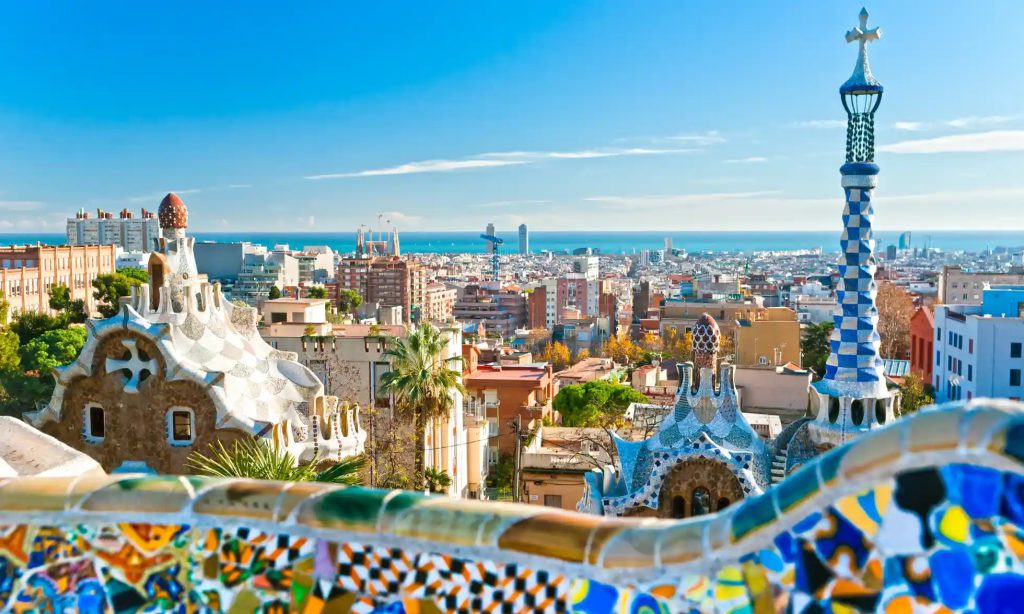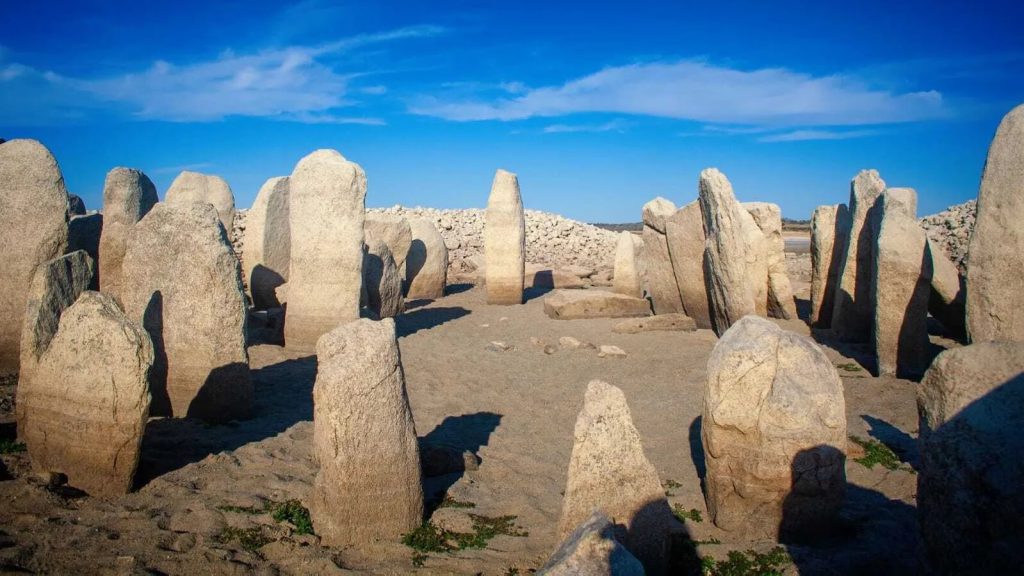Parents sue teacher for selling students' artwork

From the CBC: "A group of parents has filed a lawsuit against a Montreal-area high school art teacher and his school board after students found their classroom artwork available for purchase on the teacher's personal website last month. The parents of 10 young students at Westwood Junior High School Quebec filed the lawsuit for $1.575 million, or $155,000 per plaintiff plus punitive damages, against the teacher, Mario Perron, and the Lester B. Pearson School Board. According to the lawsuit, the teacher assigned his 96 students a project called "Creepy Portrait" in January, in which students drew a portrait of a classmate inspired by the style of artist Jean-Michel Basquiat. The students submitted their projects in February and were shocked to stumble upon their classroom artwork being sold on their art teacher's website."
The butterfly in the prison yard: Six years in an Iranian prison

From The Sunday Longread: "Conservationist Niloufar Bayani was released recently after spending six years in a notorious Iranian prison. Apart from a five-day period when she was released on furlough, she spent the entire time behind bars. The IRGC is a separate entity from Iran’s regular armed forces, operating as one of the most powerful paramilitary organizations in the Middle East and a locus of power that has control over much of Iran’s politics. “I was interrogated blindfolded while standing, spinning, or sit-and-standing,” Bayani wrote. “Threatened with the arrest and torture of my 70-year-old mother and father… threatened with physical torture by being shown images and descriptions of torture devices and detailed descriptions of pain.”
How Federal Express was saved by a single night in Las Vegas

From Now I Know: "With $45 billion in annual revenues, FedEx is a gigantic company. But like every other company, it wasn’t always that way. As a student at Yale University in the 1960s, founder Fred Smith dreamed up the idea of an overnight delivery company as part of a class assignment. While FedEx showed promise even early on, it didn’t reach profitability very quickly. The company burned through its capital and at one point, was down to about $5,000 with a $24,000 jet fuel bill due. But when the VP of operations arrived back in Memphis on Monday morning, the bank balance stood at nearly $32,000. He asked Fred where the funds had come from, and Fred responded, “The meeting with the General Dynamics board was a bust and I knew we needed money for Monday, so I took a plane Las Vegas and won $27,000.”
Editor's note: If you like this newsletter, please share it with someone else. And if you really like it, perhaps you could subscribe, or contribute something via my Patreon. Thanks for being a reader!
A Barcelona neighborhood convinced Google to remove a popular bus route

From The Guardian: "While some places will go to any lengths to attract visitors, residents of La Salut neighbourhood in Barcelona are celebrating a move to wipe themselves off the map. For years, residents had complained that they could not get home because the number 116 bus was always crammed with tourists visiting Antoni Gaudí’s Park Güell. The park is the city’s second most popular attraction after the Sagrada Familia basilica. Now they have the bus to themselves after the city council arranged to have the route removed from Google and Apple maps. Cesar Sánchez, who has been campaigning for eight years for the council to address the problem, joked: “The next thing we need to do is to get the whole of Park Güell removed from Google Maps.”
Why there's a triangle mosaic in the middle of a sidewalk in New York's West Village

From Wikipedia: "The Hess triangle is a triangular tile mosaic set in a sidewalk in New York City's West Village neighborhood at the corner of Seventh Avenue and Christopher Street. The plaque reads "Property of the Hess Estate which has never been dedicated for public purposes." The plaque is the result of a dispute between the city government and the estate of David Hess, a landlord from Philadelphia who owned the Voorhis, a five-story apartment building. In the early 1910s, the city claimed eminent domain to expropriate and demolish 253 buildings in the area in order to widen Seventh Avenue and expand the IRT subway. By 1913, however, the Hess family had exhausted all legal options. According to the Hartford Courant, Hess's heirs discovered that, when the city seized the Voorhis, the survey missed a small corner of Plot 55 and they installed the mosaic on July 27, 1922."
Spanish Stonehenge-like feature revealed by drought after 50 years

From The New York Times: "Like the skeleton of an extinct sea monster, the Dolmen of Guadalperal has resurfaced from the depths of the Valdecañas reservoir in western Spain, where Europe’s persistent drought has caused water levels to plummet. The remnants of this Bronze Age sepulcher, nicknamed the Spanish Stonehenge, are now fully exposed for only the fifth time since the area was deliberately flooded in 1963 as part of a rural development project. Dolmens were single-chambered tombs that often combined religious ceremony with precise sun sightings. The one that just reappeared in Spain dates to the fourth or fifth millennium B.C., which makes it as much as 2,000 years older than its Celtic cousin on the Salisbury Plain in England."
A German pro surfer rode down a wave more than 100 feet tall
Sebastian Steudtner, a German pro surfer, rode a wave over 115 feet tall at Nazare, Portugal, a record breaking surf! pic.twitter.com/cjxOe8HbFp
— Nature is Amazing ☘️ (@AMAZlNGNATURE) April 17, 2024
Acknowledgements: I find a lot of these links myself, but I also get some from other newsletters that I rely on as "serendipity engines," such as The Morning News from Rosecrans Baldwin and Andrew Womack, Jodi Ettenberg's Curious About Everything, Dan Lewis's Now I Know, Robert Cottrell and Caroline Crampton's The Browser, Clive Thompson's Linkfest, Noah Brier and Colin Nagy's Why Is This Interesting, Maria Popova's The Marginalian, Sheehan Quirke AKA The Cultural Tutor, the Smithsonian magazine, and JSTOR Daily. If you come across something interesting that you think should be included here, please feel free to email me.



